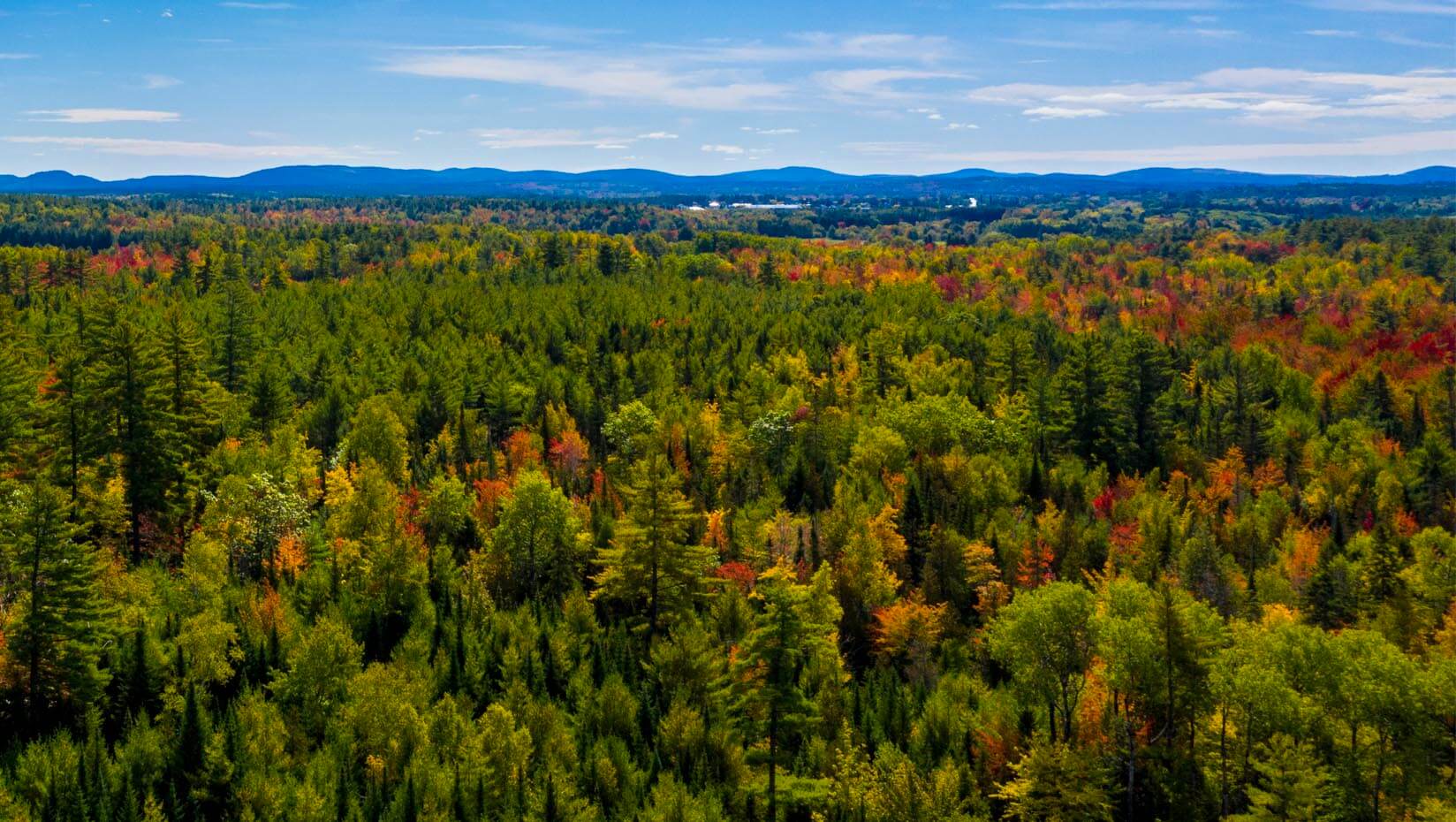
Increasingly crowded U.S. forests
A new study of the United States tree size-density trends in the past two decades, indicators of potential shifts in forest dynamics, health and productivity, has produced a novel, nationally consistent baseline assessment of current forest relative density. The baseline assessment could assist scientists, managers and policymakers in decision making related to future forest carbon trajectories, land use planning, potential risks to disturbance, and strategies to increase resilience of U.S. forests in global change, according to USDA Forest Service research forester Chris Woodall and University of Maine professor Aaron Weiskittel, who directs the Center for Research on Sustainable Forests, writing in the journal Scientific Reports.
The number and size of trees that can occupy any given space have informed the management of forest stands for decades. Monitoring key forest attributes across time and space, especially nationally, is vital to ensure the health and effectiveness of large-scale management efforts and policies. In forests, there is an important tradeoff between tree size and their per area stem frequency, which is often referred to as the maximum size-density relationship.

The relative density metric used by Woodall, who is based at the Northern Research Station in Durham, New Hampshire, and Weiskittel provides an objective, biologically based quantification of how many trees of a certain species and size can occupy any given site. In the past 20 years, U.S. forest stands have been growing increasingly dense across most of the nation and are nearing relative densities, which may make them more vulnerable to disturbances like fire or major insect outbreaks. Currently, approximately 6% of the total U.S. forest area is now in the high relative density range versus approximately 1% in the previous decade.
“This is a really exciting study that leverages the extensive U.S. national forestry inventory in a way that I have not seen before, with clear implications for forest management and policy,” says Weiskittel. “Given the unprecedented yet tragic fires we are seeing throughout the western U.S. and the significant yet growing interest in forests as a carbon sink, this study suggests that we are at a critical point in time with our nation’s forests and need to think strategically about this vital resource.”
The apparent shift in U.S. forest stand density to higher relative density values is most evident in certain ecoregions (e.g., Northern Lakes, Piedmont, Appalachians), forest groups (e.g., spruce-fir, oak-pine), and within key states, according to Woodall and Weiskittel. In particular in the past decade, Maine is among the states with the largest increase in high relative density conditions; others include Alabama, Minnesota, Mississippi and Wisconsin.
Woodall and Weiskittel conclude that forest management may be needed to explicitly address live tree density reduction across strategic scales to increase ecosystem resilience to expected global change-induced disturbances, such as wildfires, droughts and insects or disease.
“Without such interventions, either by natural or human means, we can expect the current trends of progression to high relative density conditions to continue, which may decrease future productivity or even reverse the role that forests play in climate mitigation,” Woodall says.
Contact: Aaron Weiskittel, aaron.weiskittel@maine.edu
